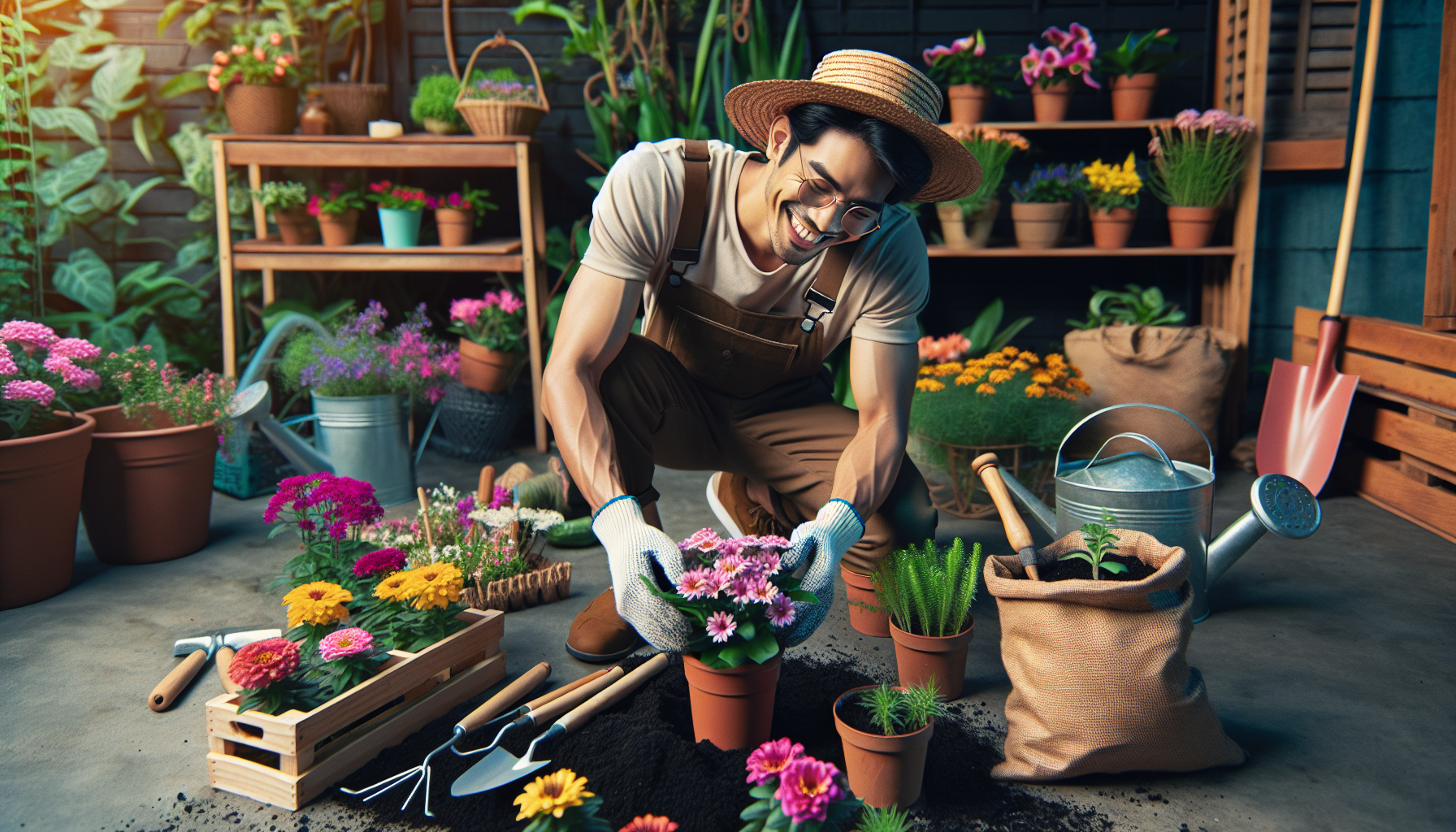Planting flowers is a rewarding and satisfying activity that can beautify your garden, attract pollinators, and bring a splash of color to your outdoor space. If you’re new to gardening, starting with planting flowers is a great way to get your hands dirty and immerse yourself in the world of plants. Here is a beginner’s guide to planting flowers:
1. Choose the Right Location
Before you start planting, consider the location where your flowers will thrive. Most flowers require ample sunlight to grow and bloom, so choose a spot in your garden that receives at least 6-8 hours of sunlight per day. Additionally, ensure that the soil is well-draining to prevent waterlogging, which can lead to root rot.
2. Prepare the Soil
Good soil is the foundation for healthy plants. Before planting your flowers, make sure to prepare the soil by loosening it with a garden fork or tiller. Remove any weeds, rocks, or debris that may impede plant growth. You can also amend the soil with organic matter, such as compost or peat moss, to improve its structure and fertility.
3. Choose the Right Flowers
When selecting flowers for your garden, consider factors such as your climate, soil type, and the amount of sunlight your garden receives. Start with easy-to-grow annuals like marigolds, zinnias, or sunflowers, which are forgiving for beginner gardeners. You can also opt for native plants that are adapted to your local growing conditions.
4. Planting the Flowers
Once you have chosen your flowers and prepared the soil, it’s time to plant them. Dig a hole slightly larger than the plant’s root ball and gently loosen the roots before placing the plant in the hole. Fill the hole with soil, tamp it down gently, and water the plant thoroughly to help it settle in its new home.
5. Water and Maintenance
After planting your flowers, be sure to water them regularly, especially during dry periods. Avoid overwatering, as this can lead to root rot. In addition, consider applying a layer of mulch around your plants to help retain moisture, suppress weeds, and regulate soil temperature.
Remember to deadhead faded flowers, remove any weeds, and fertilize your plants as needed to promote healthy growth and continuous blooming throughout the growing season.
6. Enjoy Your Garden
Planting flowers is a delightful journey that allows you to connect with nature and create a beautiful outdoor space. Take the time to observe your flowers as they grow and bloom, and don’t forget to appreciate the joy and tranquility they bring to your garden.
With this beginner’s guide to planting flowers, you’ll be well on your way to creating a vibrant and colorful garden that will delight both you and your visitors.
